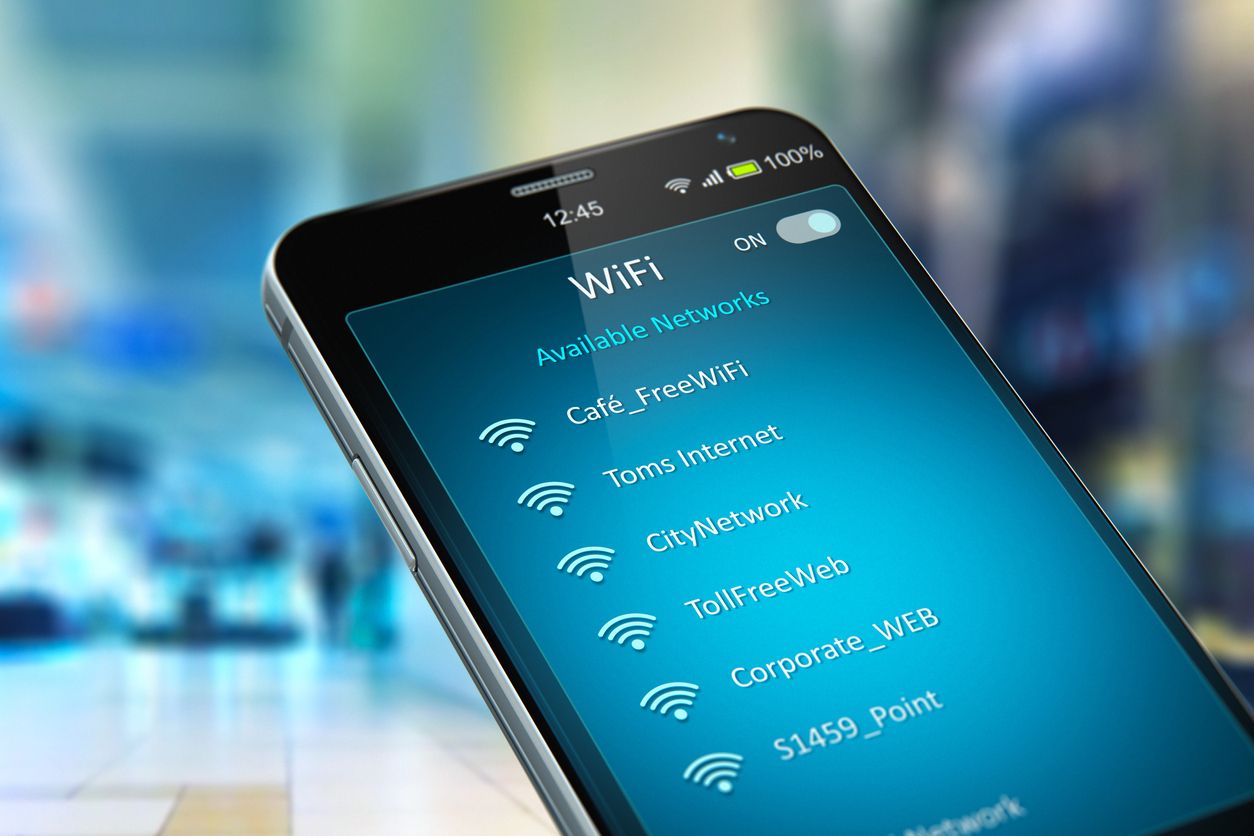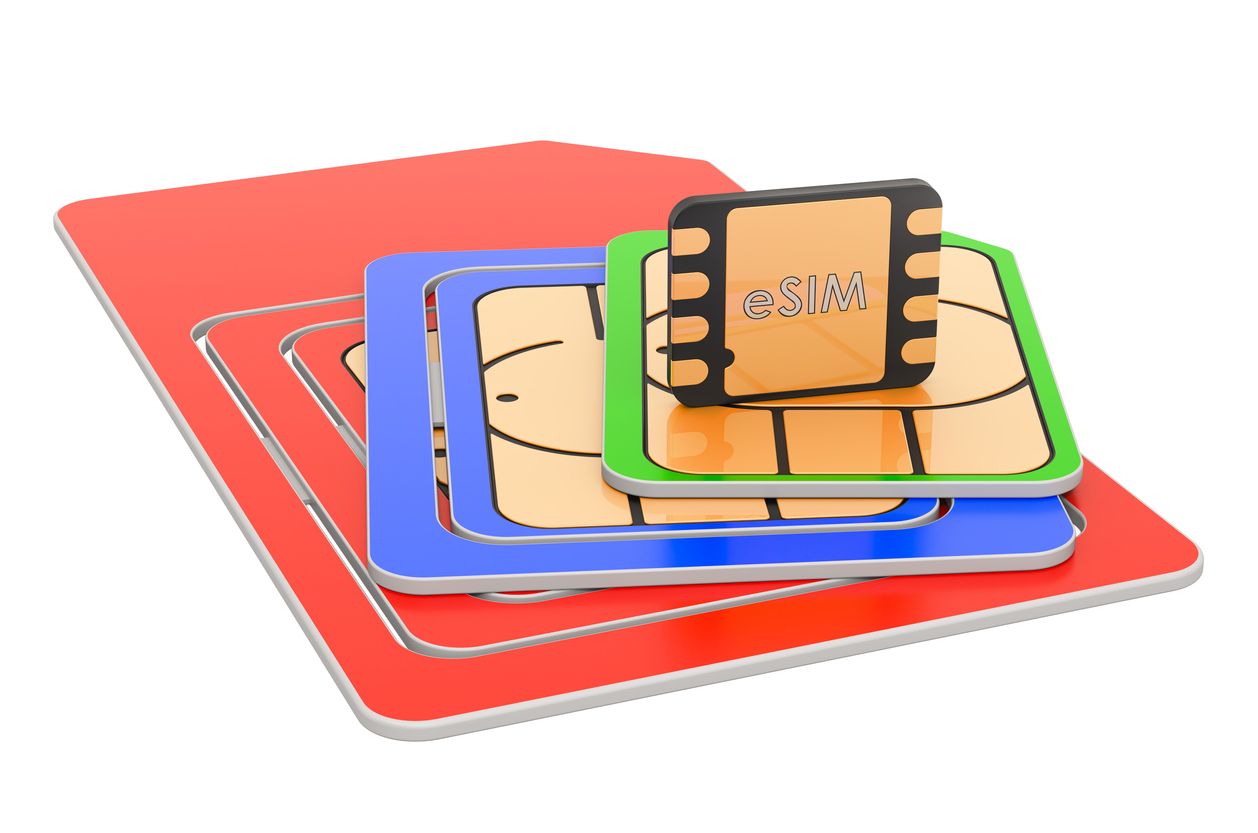eSIM
eSIMs 101: Is eSIM faster than a physical SIM?
Or, is it slower than a physical SIM?
The evolution of technology has transformed the way we connect and communicate. In the realm of mobile devices, the shift from physical SIM cards to embedded SIMs (eSIMs) has sparked discussions about various aspects of their performance. One of the key debates centers around whether eSIM is faster than a traditional physical SIM card. In this article, we'll delve into the details to help you understand the differences in speed between these two options.
*This article is part of Nomad's series exploring what is an eSIM and all eSIM basics.

Understanding eSIM and Physical SIM
Before we dive into the speed comparison, let's briefly review what eSIM and physical SIM cards are:
- Physical SIM: A physical SIM card is a small, removable chip that is inserted into a mobile device to connect it to a mobile network. It stores network-specific information, including carrier data and a unique identification number.
- eSIM: An eSIM, or embedded SIM, is a digital SIM card that is built into the device during manufacturing. It eliminates the need for a physical card and can be programmed with carrier information and user data remotely.
Speed Factors in Mobile Connectivity
When evaluating the speed of a mobile connection, several factors come into play. These factors impact both eSIM and physical SIM cards, but they may have different implications for each:
- Network Speed: The primary determinant of mobile internet speed is the network itself. The speed of the network depends on factors such as your location, carrier, available spectrum, and network congestion. Neither eSIM nor physical SIM has a direct impact on network speed.
- Device Hardware: The device's hardware, including the modem and antenna, plays a significant role in determining data transfer speeds. Modern smartphones, regardless of whether they use eSIM or physical SIM cards, are equipped with advanced hardware that supports high-speed data transfer.
- Software and Firmware: The software and firmware of your device are crucial for optimizing network performance. These components are continually updated to improve speed and connectivity.
Comparing eSIM and Physical SIM Speed
When it comes to speed, eSIM and physical SIM cards are, in most cases, on an even playing field. The underlying technology for both eSIM and physical SIM cards are the same, both technologies access the same mobile networks, and their performance largely depends on the factors mentioned earlier. Given the same conditions, using an eSIM will not give you a faster connectivity speed as compared to a physical SIM. And to make it clear, it wouldn't result in slower network speeds either.
However, eSIMs may be able to provide a slight edge in the aspect of profile switching, especially if you have plans with multiple carriers. eSIMs allow for easier and quicker switching between mobile carriers. This can be advantageous if you travel frequently or need to switch carriers for better coverage or pricing. So if you have multiple lines with different carriers, you will be able to easily switch between carriers to get one with better connectivity and speed. With physical SIM cards, you would need to physically replace the card, which means you can't switch carriers as easily.
Why is my eSIM slow?
In the event where you find that your eSIM is giving you slower connectivity than a physical SIM, it is probably nothing to do with the fact that you are using an eSIM. Rather, it could be an issue with the network you are connected. Another possibility might be that your eSIM was not set up properly, in which case you might want to double-check your APN settings to ensure the settings are correct.



